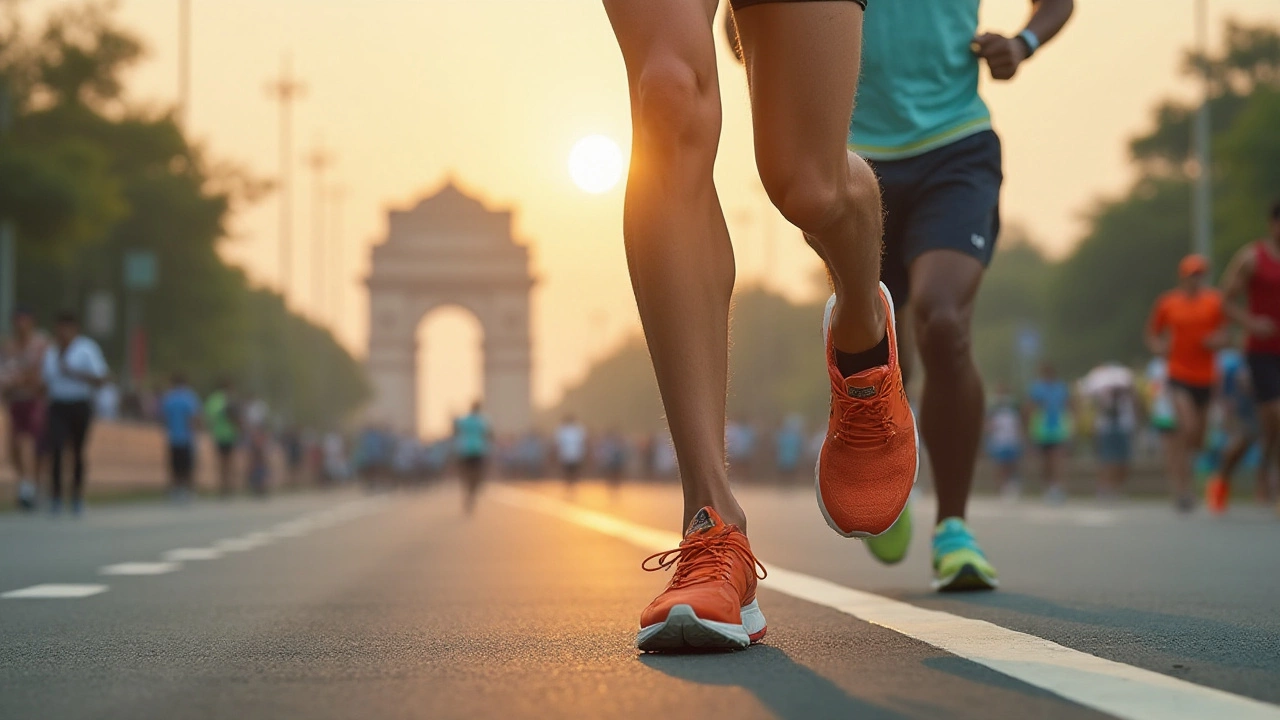Comfortable Running Shoes – How to Choose the Best Pair for Every Run
When you search for comfortable running shoes, shoes engineered to reduce foot fatigue and protect joints during miles of running, you’re actually looking at a mix of technology, fit, and personal biomechanics. Also known as soft‑cushioned trainers, they unite three core parts. The first is cushioning systems, foam, gel, or air units that absorb impact and return energy, giving each step a softer feel. Next, arch support, structured midsoles or shank plates that keep the foot stable and guide motion, works hand‑in‑hand with the cushion to prevent overpronation. Finally, a breathable upper, often woven from engineered mesh, moves air across the foot, pulling sweat away and keeping the shoe light. Together, these components create the foundation of a comfortable running shoe that lets you focus on distance, not discomfort.
What to Look for When Shopping
The best comfort starts with a proper fit. Measuring your foot length and width is essential, but the real game‑changer is understanding your running gait, the way your foot strikes the ground, rolls inward, and pushes off. A quick gait analysis—whether at a specialty store or via a smartphone app—reveals whether you need extra medial support, a neutral midsole, or a more cushioned heel. Shoe size alone won’t guarantee comfort; you should leave about a thumb’s width of space at the toe box and ensure the heel sits snugly without slipping. Shoe size and fit, the relationship between foot dimensions and the interior geometry of the shoe plays a huge role in preventing blisters and hot spots. Also, consider the terrain you’ll run on: trail shoes often feature rock plates and aggressive lugs, while road shoes prioritize lightweight cushioning. Matching the shoe’s purpose to your typical routes keeps the comfort consistent across weeks and months.
Beyond fit and technology, think about durability and maintenance. Shoes with a reinforced toe cap or abrasion‑resistant overlays tend to last longer, especially if you run on rugged paths. Cleaning the mesh regularly and allowing the shoe to dry completely after a wet run preserves the breathability and prevents odor buildup. Some brands offer replaceable insoles, giving you the option to upgrade cushioning without buying a whole new pair. When you combine a well‑matched cushioning system, the right arch support, a breathable upper, and a fit tuned to your gait, you create a personalized comfort profile that can evolve with your training. Below, you’ll find articles that dive deeper into each of these factors—from detailed reviews of the latest foam technologies to step‑by‑step guides on measuring foot shape—so you can make an informed choice and keep every run feeling easy.
 11 Dec 2024
11 Dec 2024
In the pursuit of the perfect running rhythm, comfortable shoes play a crucial role. Whether you're a seasoned marathoner or a casual jogger, the right pair of running shoes can make a world of difference. They not only enhance performance but also prevent injuries and improve your running experience. This article delves into the essential features, brands, and tips to find the most comfortable running shoes tailored to your needs.
View More
